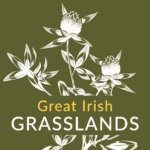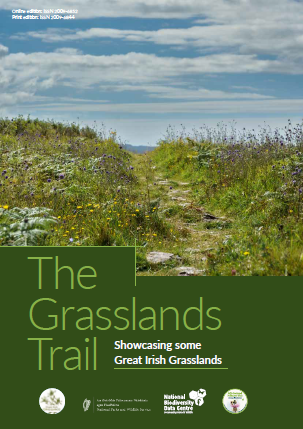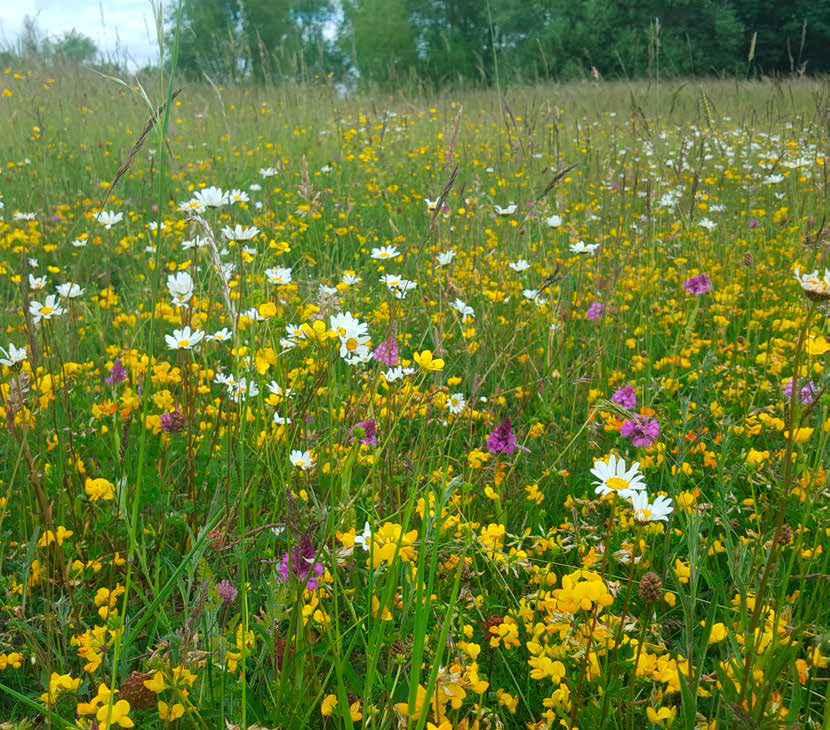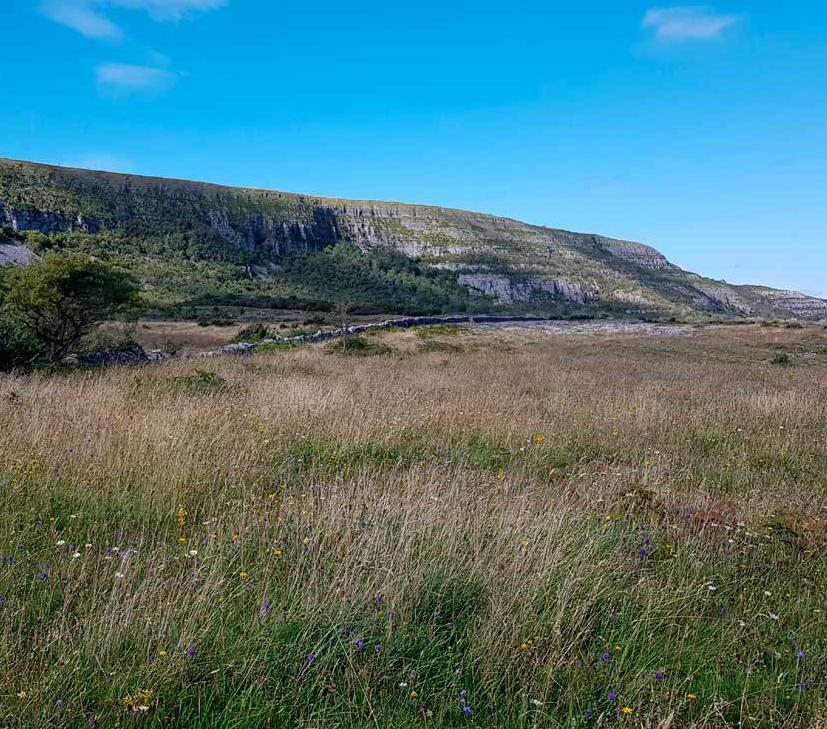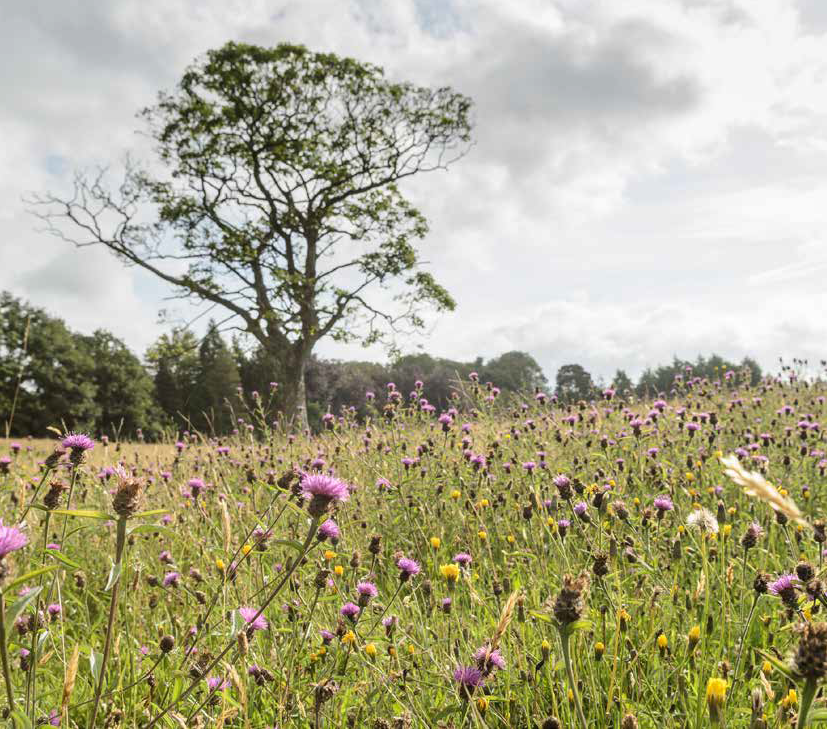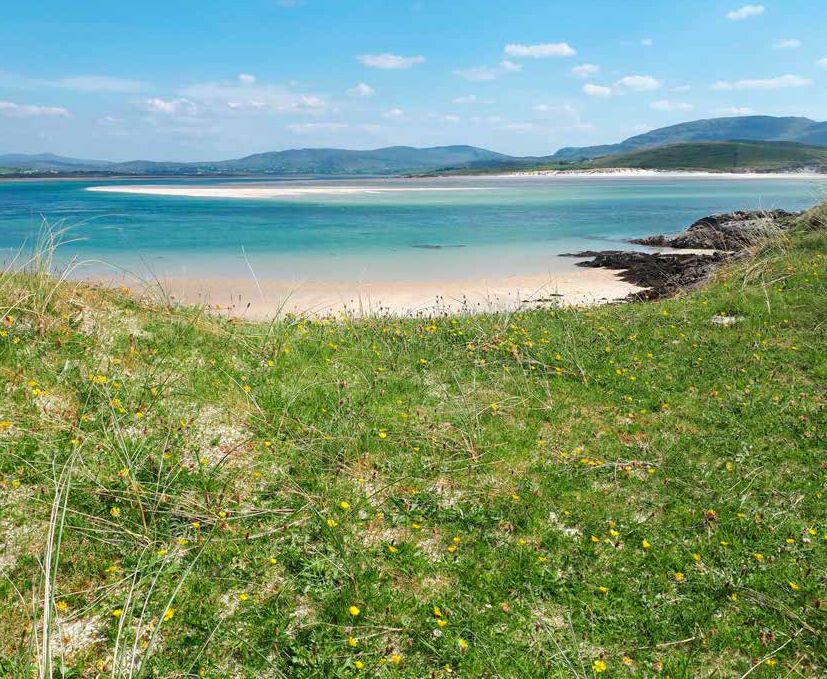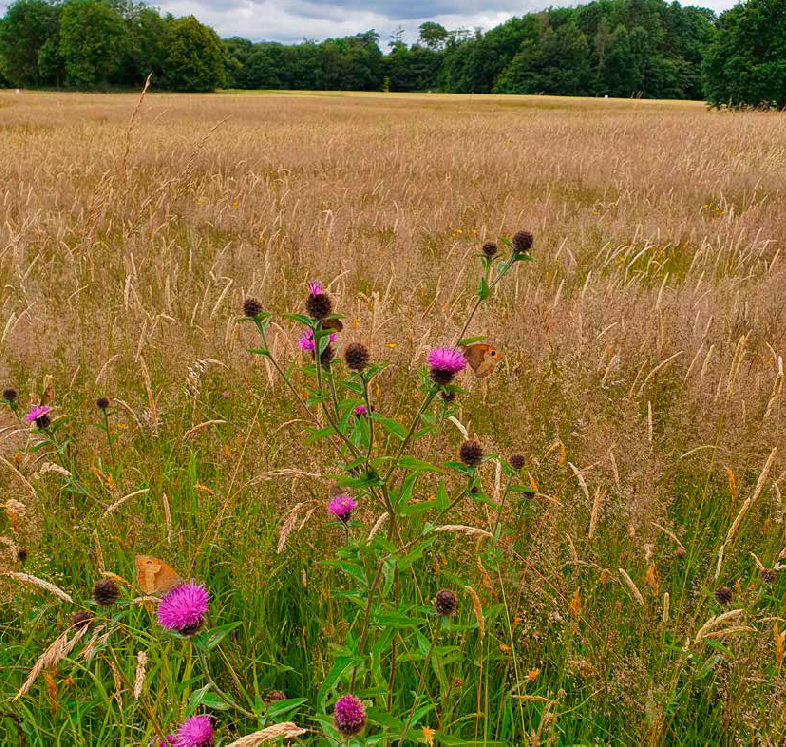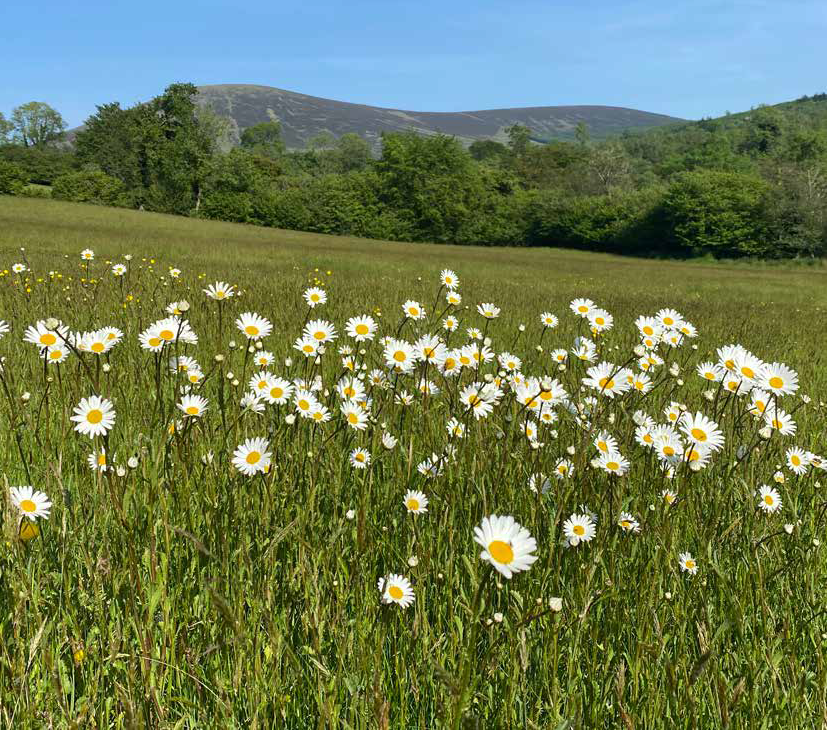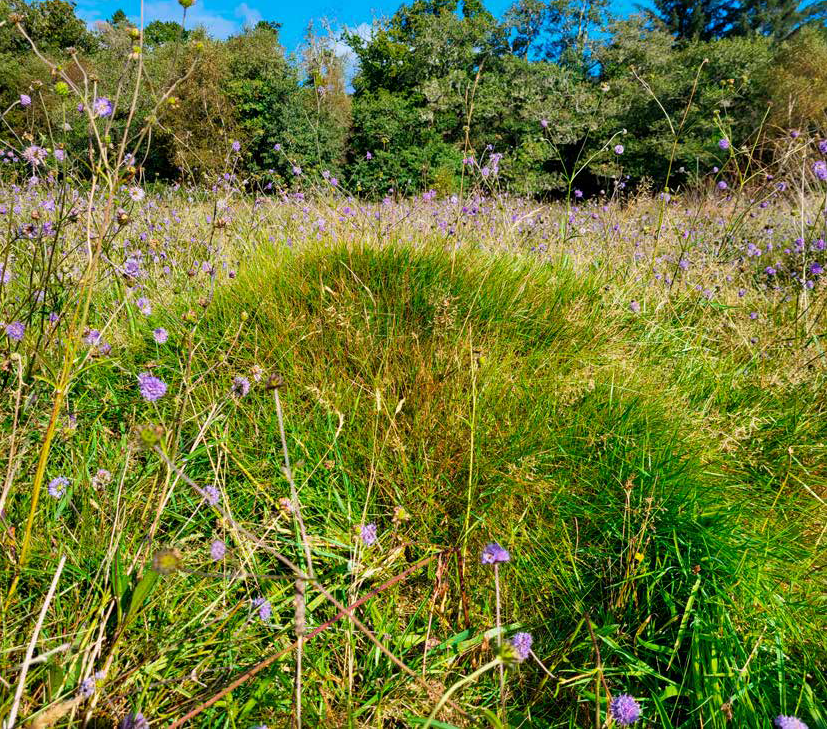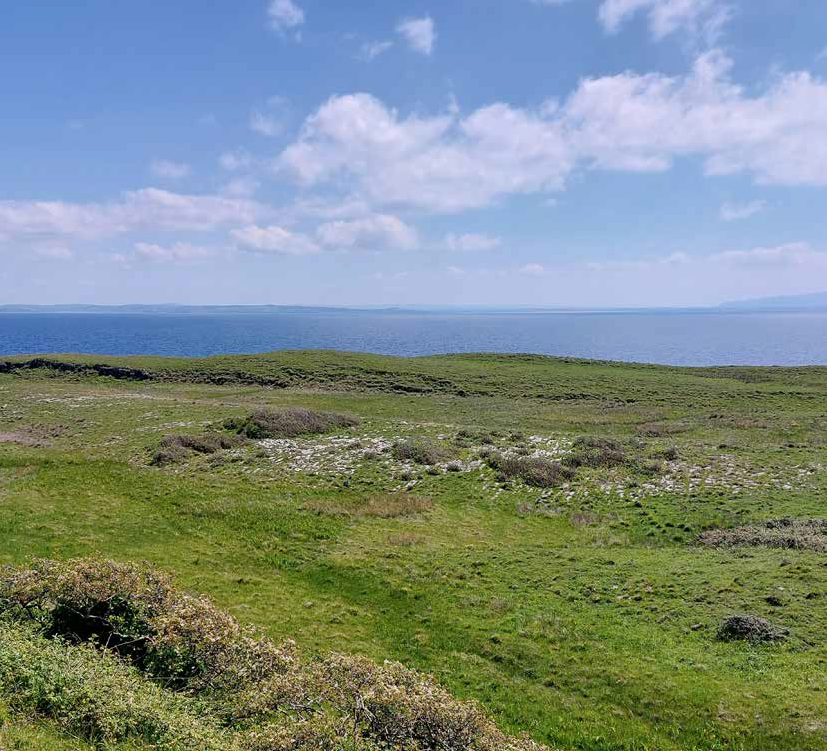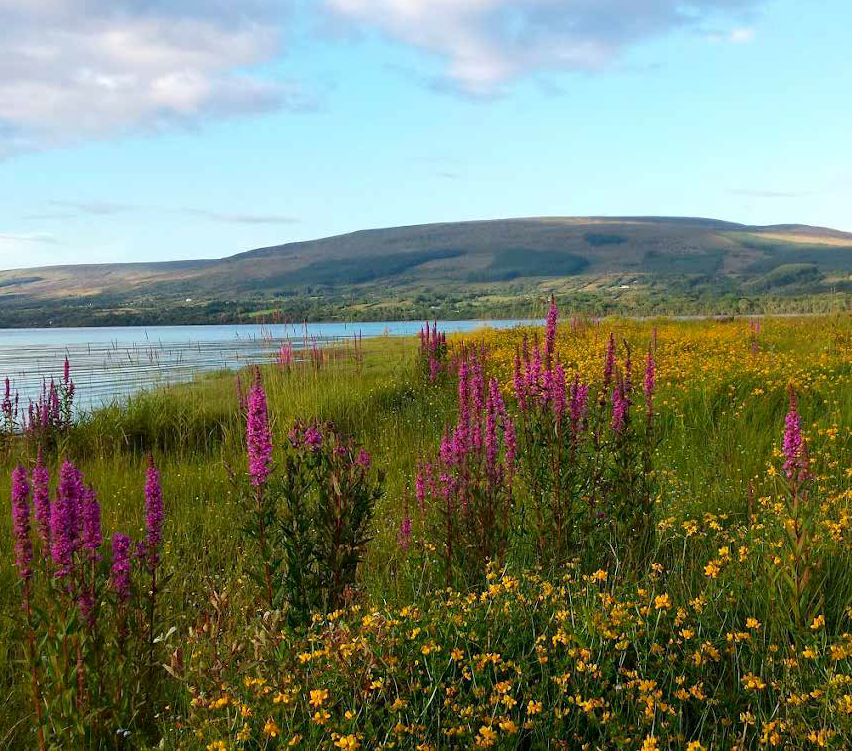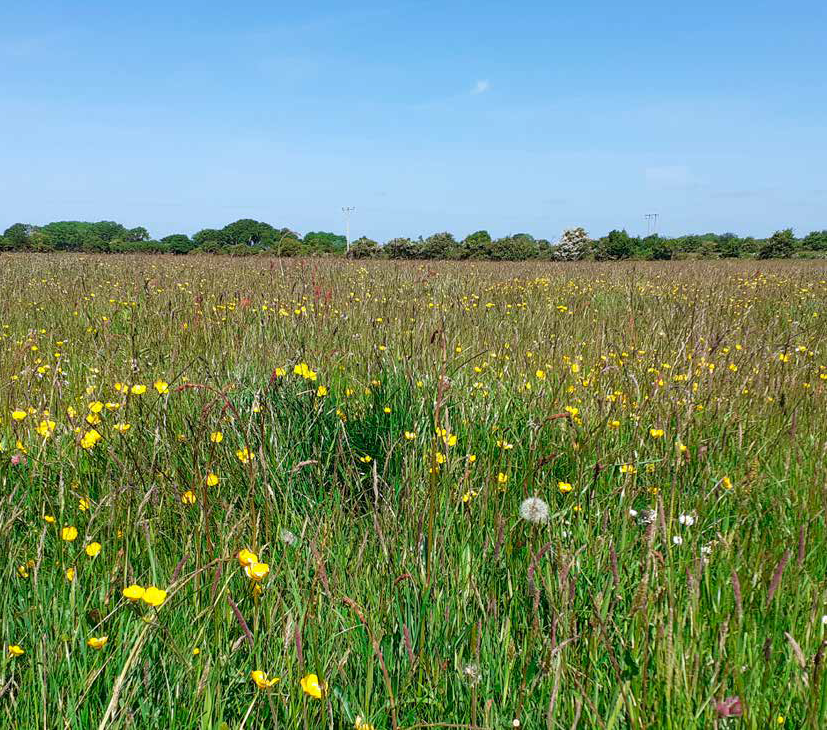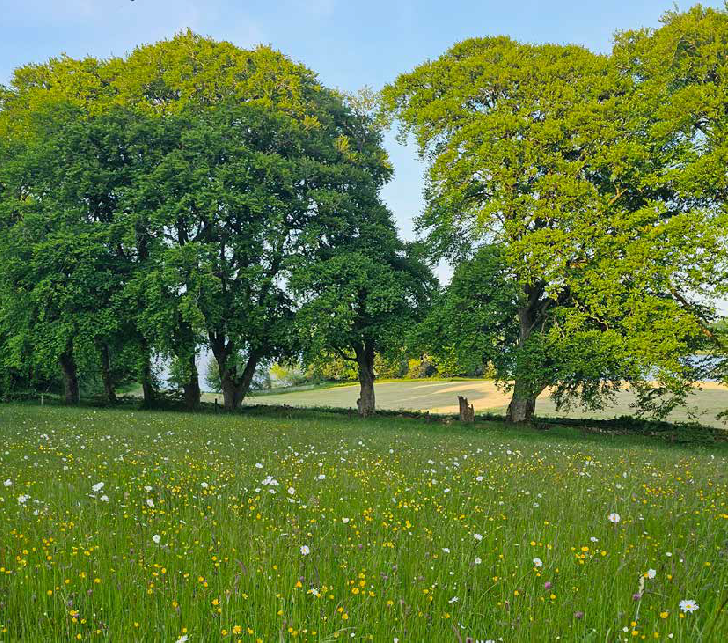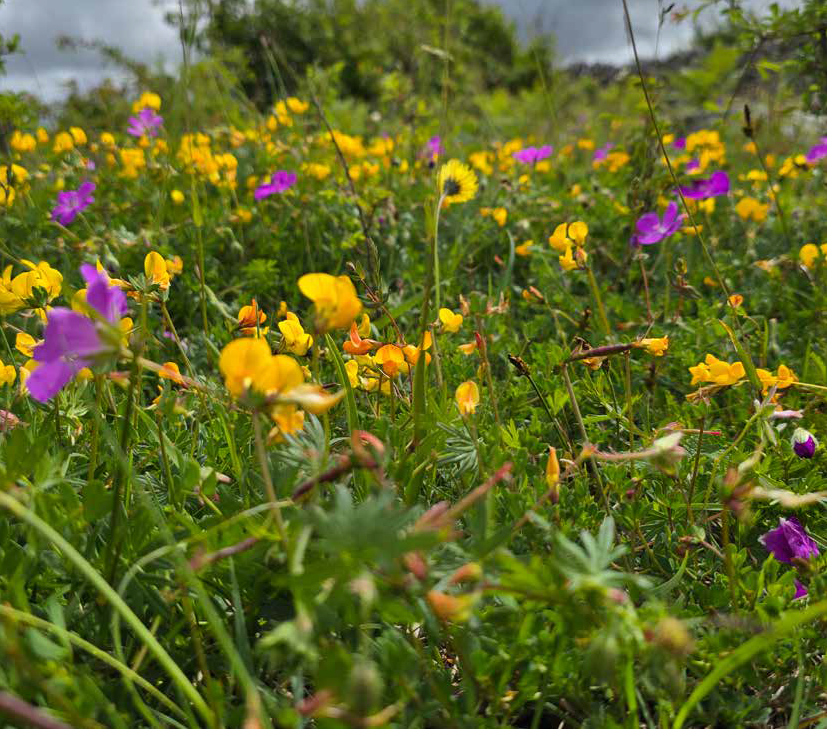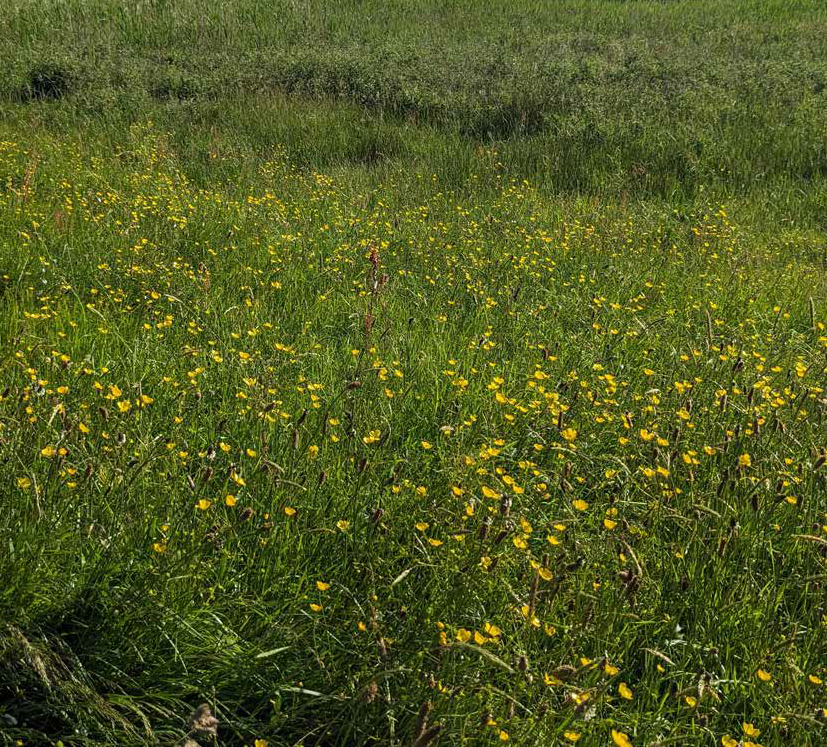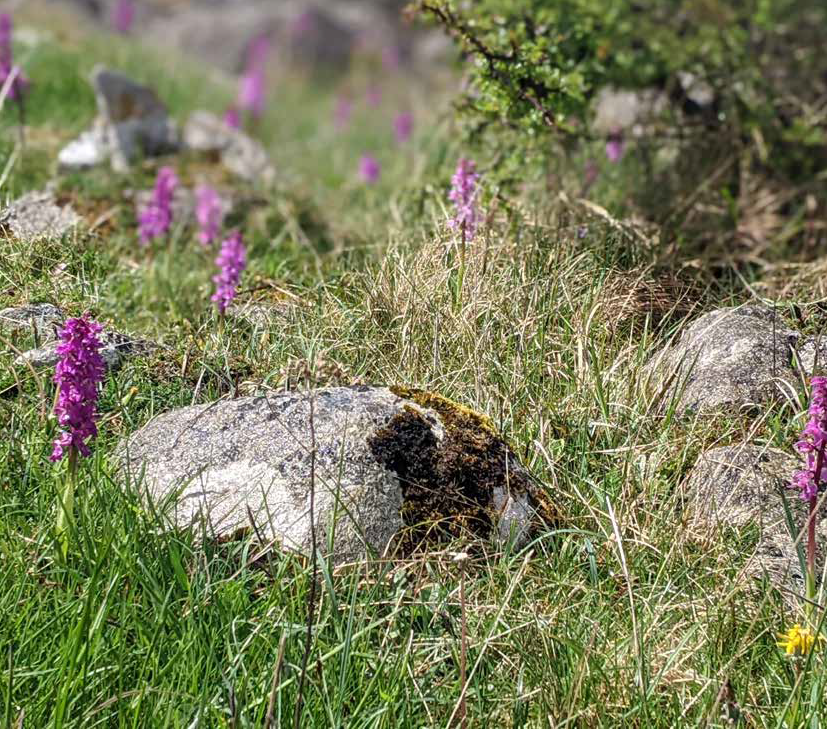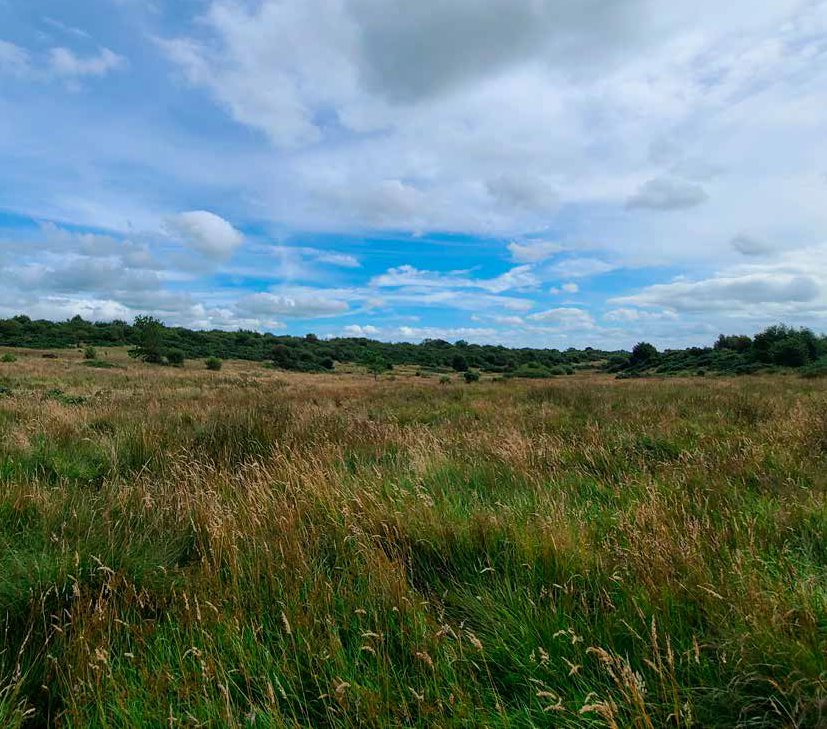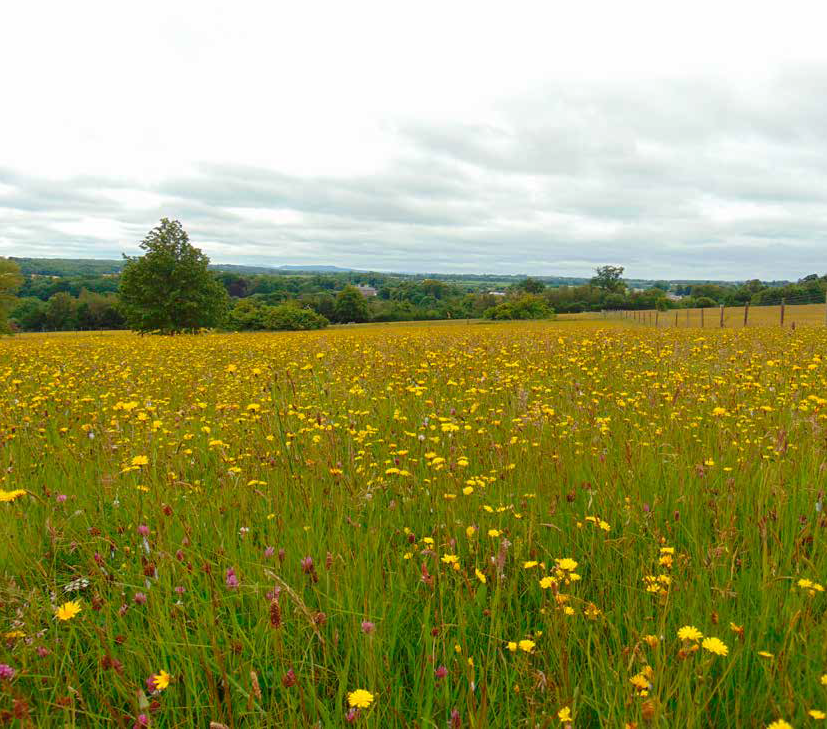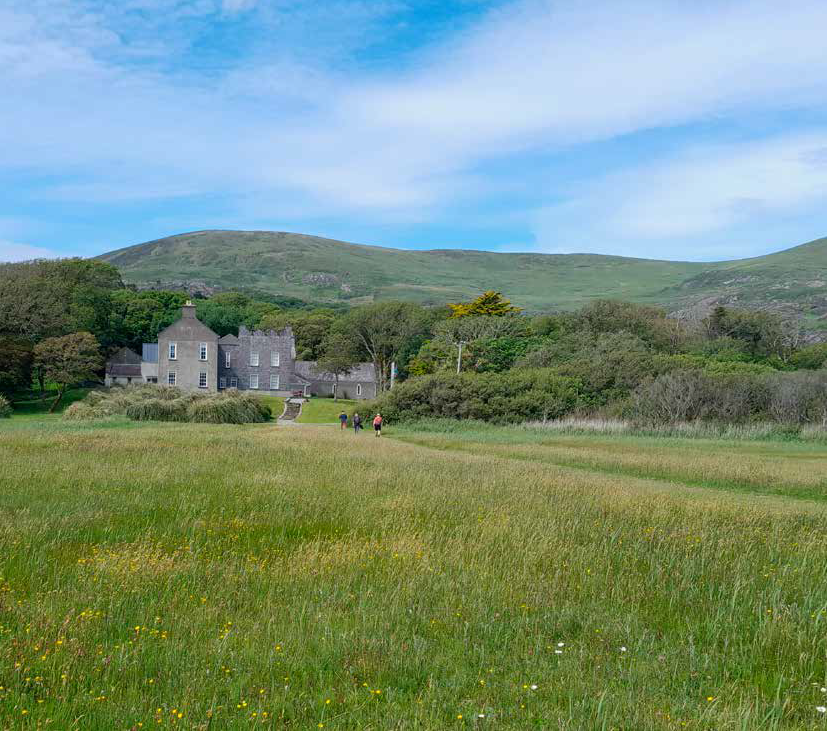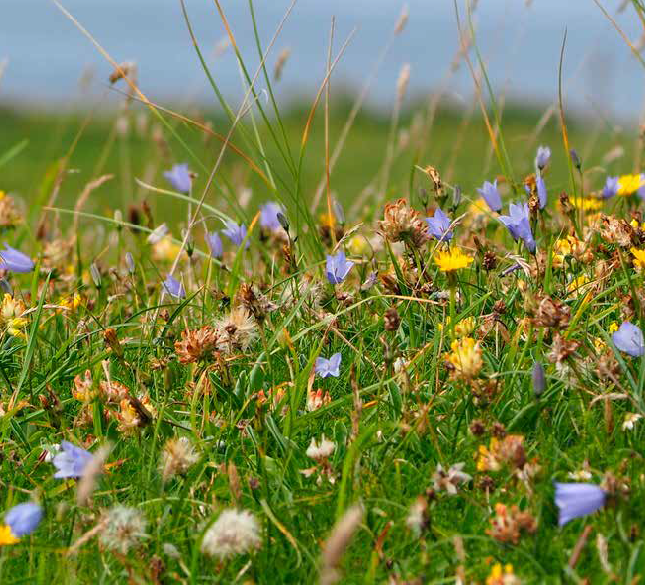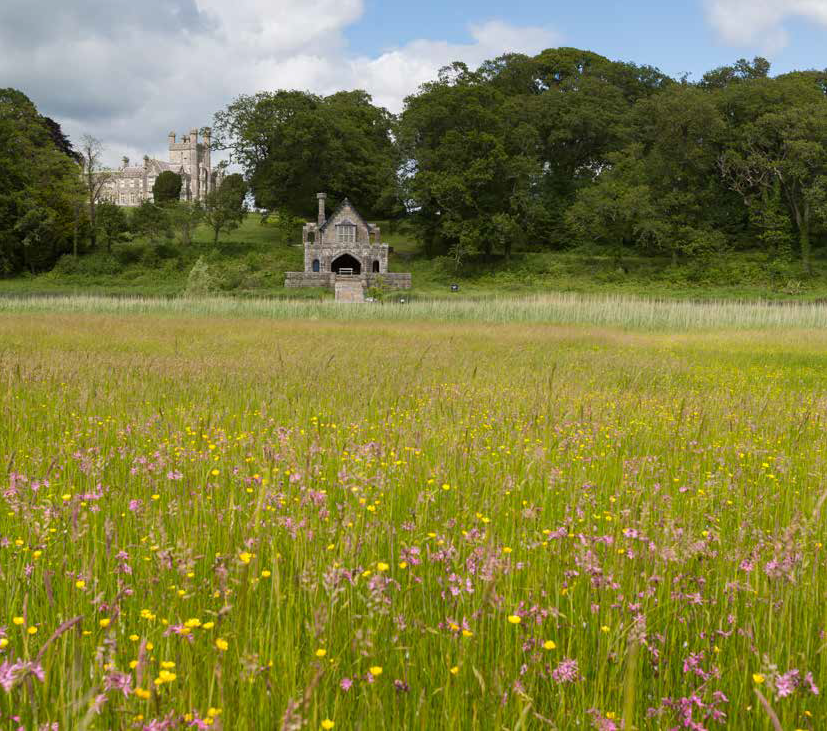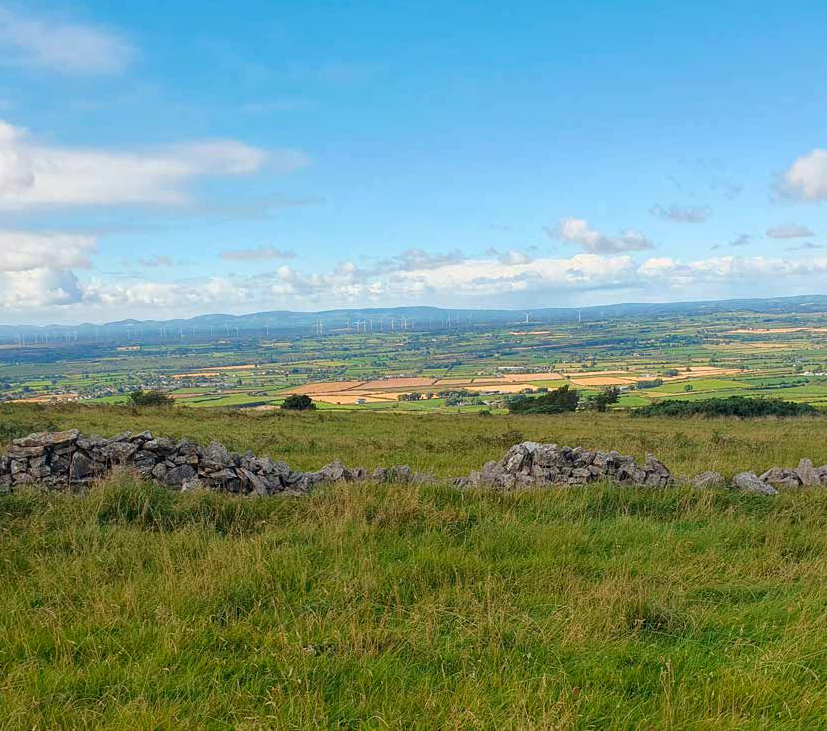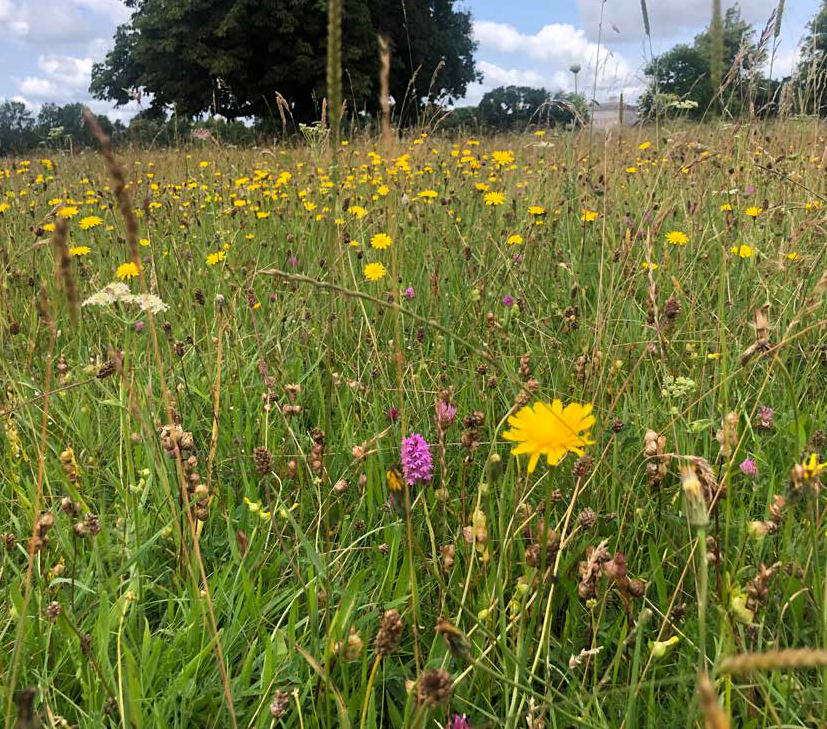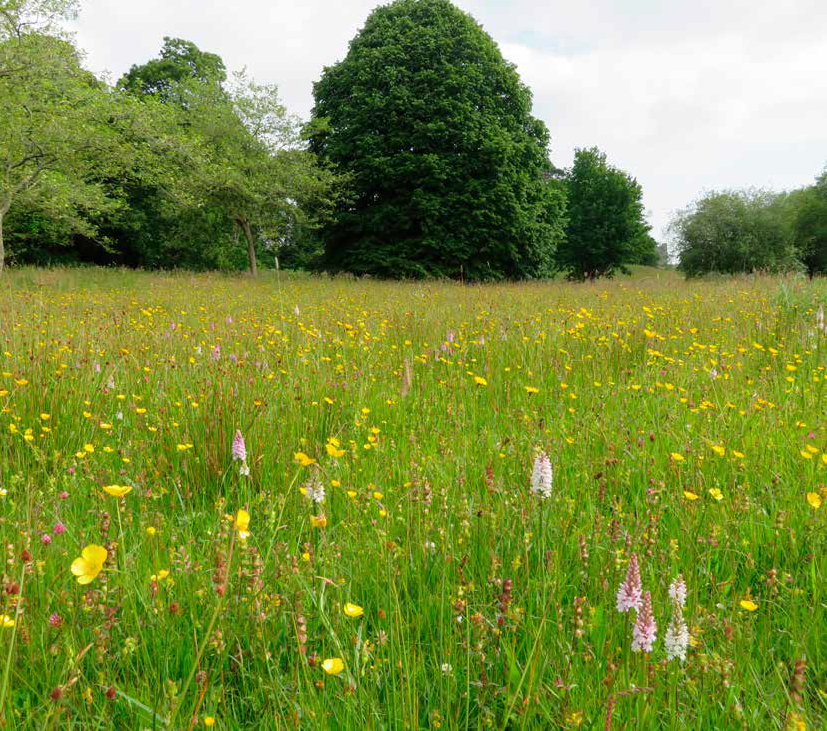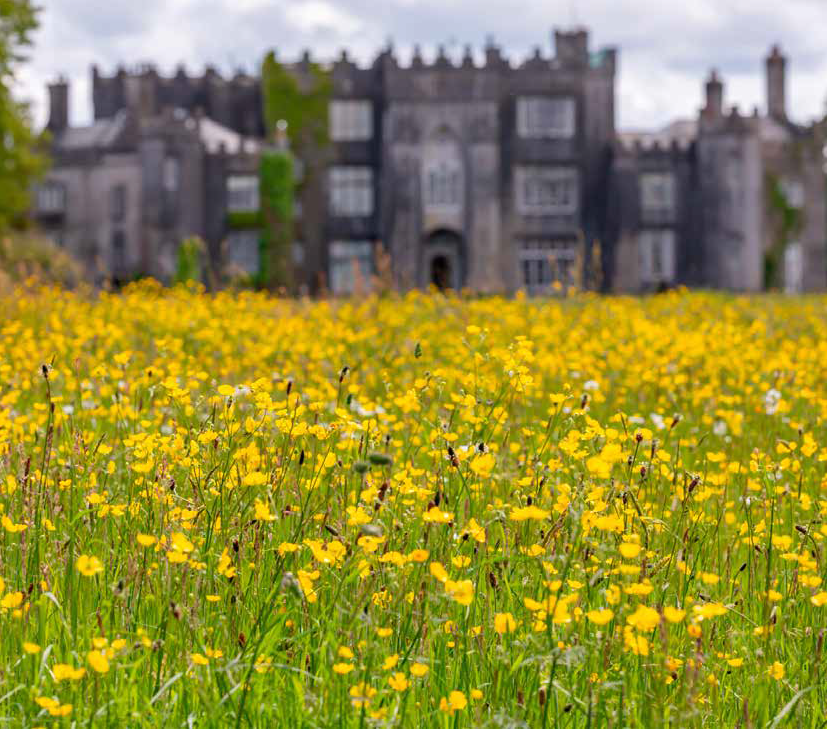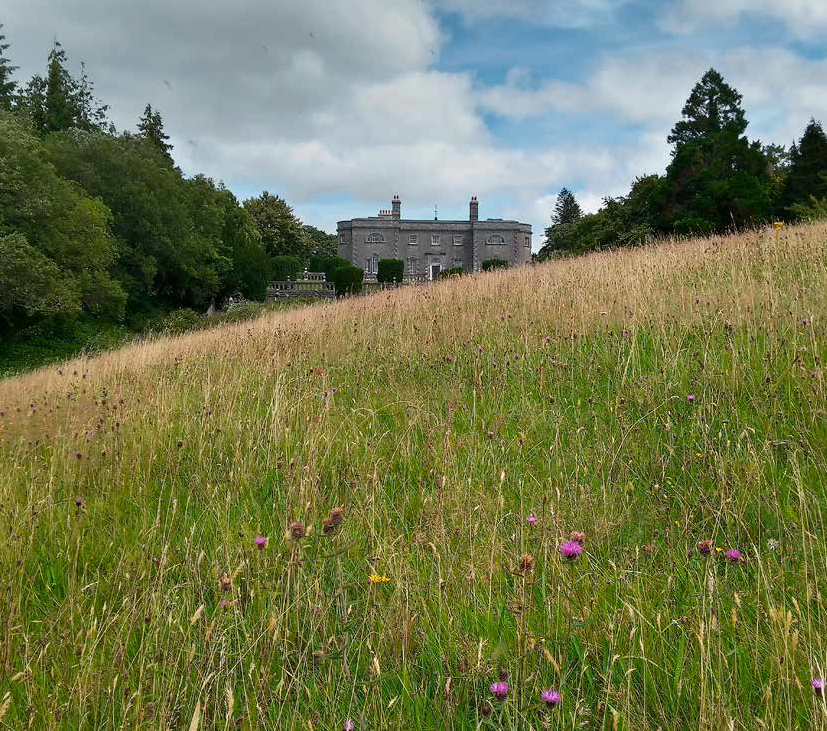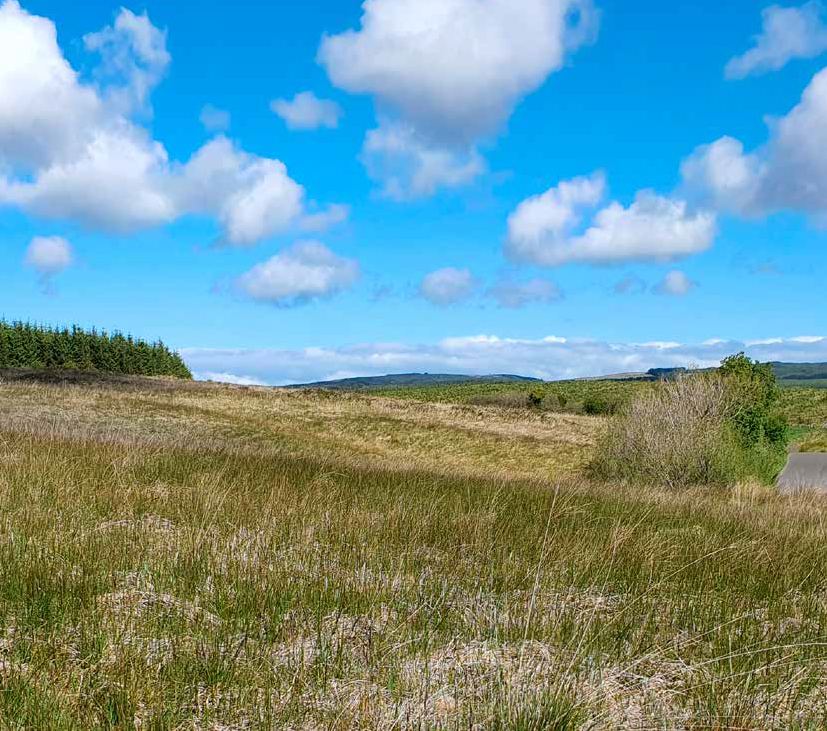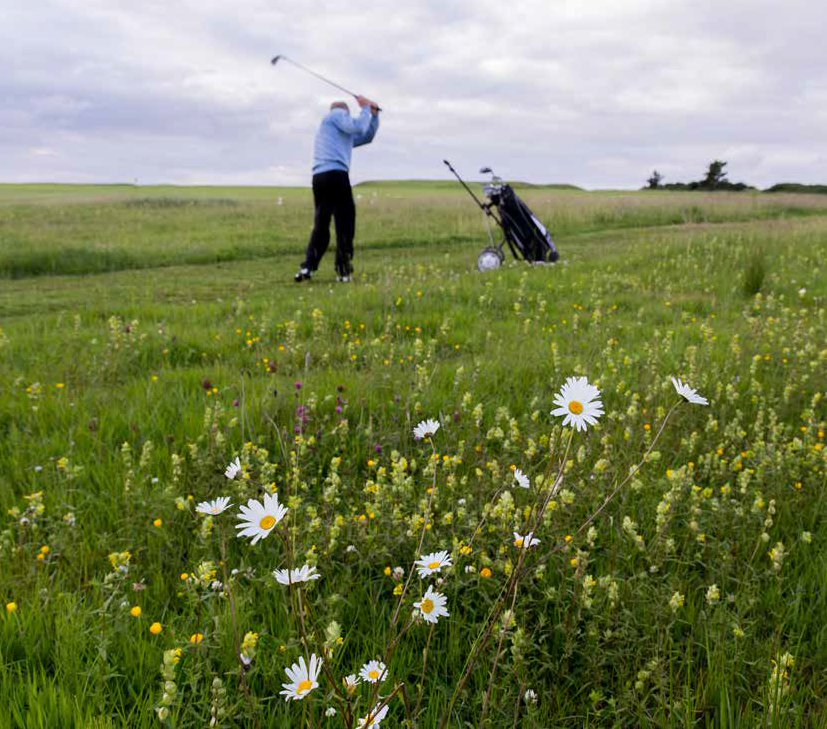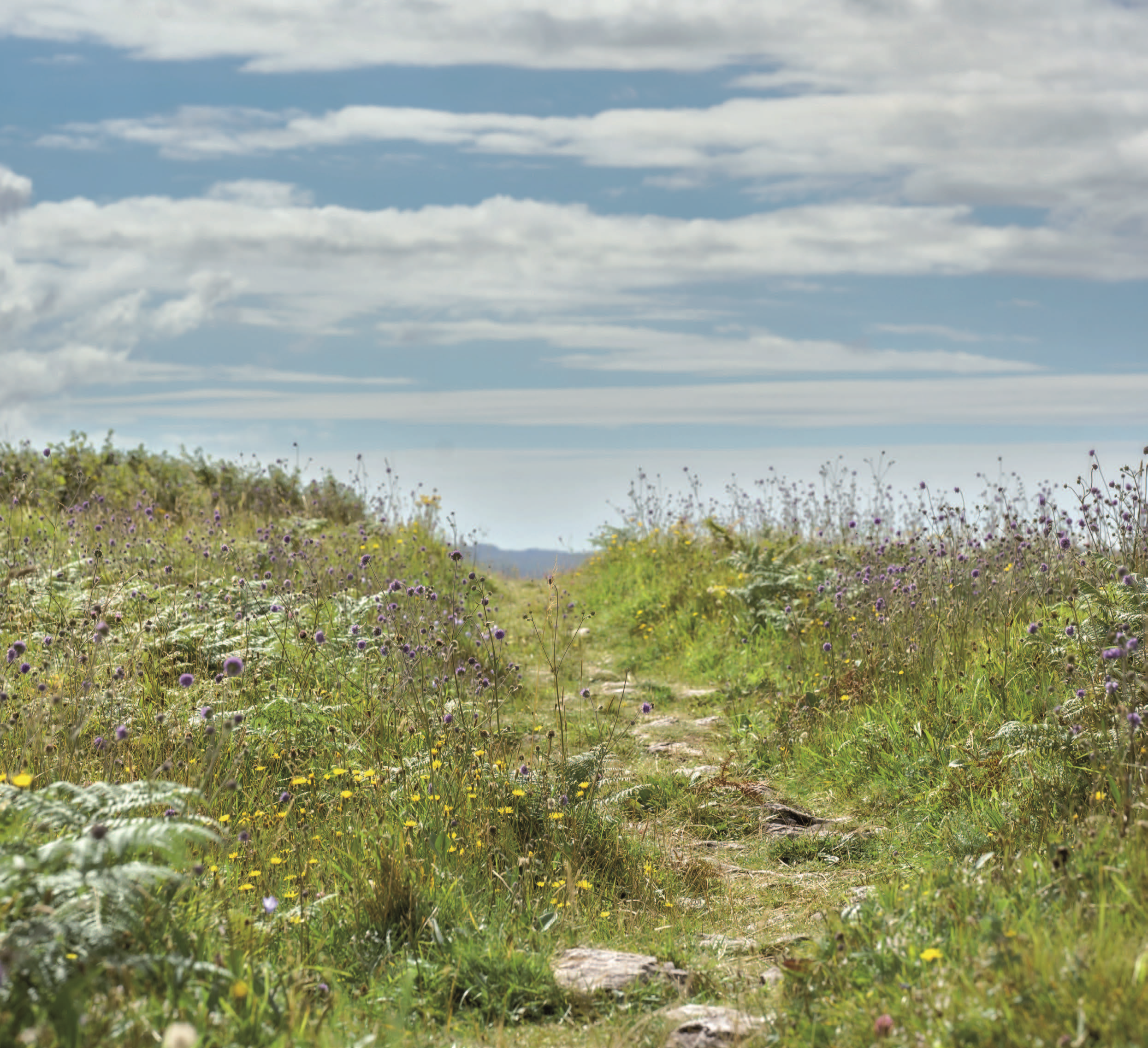
Grasslands Trail
A booklet celebrating Great Irish Grasslands and the Grasslands Trail is available to download here. Please take a look, and share widely. It contains great information on semi-natural grasslands in Ireland, including features on all 27 trail sites and key principles for managing grasslands.
Where to see and experience Great Irish Grasslands
The Grasslands Trail is a network of public and private grasslands spread across the country. All of these sites are managed sensitively, with nature conservation and grassland diversity in mind. Summer is the best time to visit most grasslands, but there is likely to be much to see at any time of the year at these great sites.
Tymon Park boasts a number of great grassland areas. There are large expanses of meadows, and smaller areas of species-rich calcareous grasslands, some of which are on an old esker ridge.
Against a dramatic wooded cliff backdrop, this site boasts limestone pavement, orchid-rich calcareous grassland, woodland and scrub. It is an excellent place to see a wide range of Burren-speciality plants.
The juxtaposition of lowland meadow and an international rose garden ensures an interesting visit.
Sheskinmore (An Seascann Mór, the big marsh) and Magheramore (Machaire Mór, the big sandy plain) perfectly describe what to expect at this site – a fen with wet grassland behind a machair plain, with undulating fixed dunes and saltmarsh meadows, helped by conservation grazing.
This historical house has a working farm with hay meadows. It also has pastures, grazed by rare breeds.
Carberry’s farm has diverse semi-natural grasslands bounded by wetlands, wet woodland and heath.
The ‘wood pasture’ grassland in the Big Meadow features swathes of purple Devil’s-bit Scabious in late summer, many ant hills and several stately Oak.
Beautiful species-rich grassland meadow running down to Lough Ree, near the Shannon Callows
St. John’s Point occurs at the end of a long peninsula and boasts calcareous grassland, limestone pavement and Molinia Meadows. You might spot Marsh Fritillary butterflies – this is a great place to see them!
This farm on the western shores of Lough Allen has been organic since 1996. It has a wonderful mix of habitats including species-rich acid grassland and wet grassland.
Extremely diverse and unique high value grassland habitats on two adjoining farms on the Shannon estuary, consisting mainly of calcareous grassland and salt marsh.
Located on the Cavan/Meath border, this organic farm has a wide diversity of habitats including rare traditionally managed hay meadows which contain a diverse range of plant species.
Located in the east Burren lowlands, these fields are home to a stunning array of plants including those once common throughout Ireland, as well as rarer grassland flowers.
This farm has lovely areas of dry and wet grassland that have persisted for decades through sympathetic management. It is situated on a long south-facing glacial bank.
This farm has a large area of semi-natural grassland on well-drained calcareous soil. There is an array of wildflowers, helped by conservation grazing. Like a mini-Burren!
Nestled on the edge of the Sperrin Mountains, Drumnaph Nature Reserve (Droim nDamh, ‘ridge of the stag’) is a haven for wildlife and exists as a special remnant of the ancient Irish landscape, including its fantastic meadows.
This semi-natural damp grassland is beautiful in high summer, with lots of colour, and plenty of orchids. It is also an excellent place to see some uncommon grass species.
At the southern tip of the Iveragh Peninsula, Derrynane Demesne has over 120 ha of lands rich in natural and cultural heritage, including beautiful areas of semi-natural grassland.
This loop walk brings you through an area of machair grassland alongside grey dunes. These support an array of flora, which in turn supports insects including the rare Great Yellow Bumblebee and Red-shanked Bumblebee.
Clomantagh Hill is part of a low escarpment of limestone rising from the Irish central plain, creating unique and important grassland habitats. The site is a Special Area of Conservation (SAC) selected for species-rich calcareous grassland.
In mid-June, this meadow is a mosaic of colour, with Pyramidal Orchids, Common-spotted Orchids, Bee Orchids, Yellow-rattle, Goat’s-beard and Hawkbits all providing essential food for bumblebees and solitary bees.
Parkland site with species-rich grassland situated on the shores of Strangford Lough, within a landscape of rolling drumlin hills.
The meadow in Birr Castle Demesne provides an opportunity to view a rare example of a semi-natural, species-rich grassland that shelters thriving flora and fauna!
Large areas of meadow that are stunning in high summer, when the flowers provide a blaze of colour.
Sloping down to a river valley, this lovely site is almost entirely made up of a rare and protected wet grassland type known as Molinia Meadows.
This golf club has lovely areas of meadow throughout, which also act as ‘roughs’ for the course.
Publicly Accessible
Tymon Park boasts a number of great grassland areas. There are large expanses of meadows, and smaller areas of species-rich calcareous grasslands, some of which are on an old esker ridge.
Against a dramatic wooded cliff backdrop, this site boasts limestone pavement, orchid-rich calcareous grassland, woodland and scrub. It is an excellent place to see a wide range of Burren-speciality plants.
The juxtaposition of lowland meadow and an international rose garden ensures an interesting visit.
Sheskinmore (An Seascann Mór, the big marsh) and Magheramore (Machaire Mór, the big sandy plain) perfectly describe what to expect at this site – a fen with wet grassland behind a machair plain, with undulating fixed dunes and saltmarsh meadows, helped by conservation grazing.
This historical house has a working farm with hay meadows. It also has pastures, grazed by rare breeds.
Carberry’s farm has diverse semi-natural grasslands bounded by wetlands, wet woodland and heath.
The ‘wood pasture’ grassland in the Big Meadow features swathes of purple Devil’s-bit Scabious in late summer, many ant hills and several stately Oak.
Beautiful species-rich grassland meadow running down to Lough Ree, near the Shannon Callows
St. John’s Point occurs at the end of a long peninsula and boasts calcareous grassland, limestone pavement and Molinia Meadows. You might spot Marsh Fritillary butterflies – this is a great place to see them!
This farm on the western shores of Lough Allen has been organic since 1996. It has a wonderful mix of habitats including species-rich acid grassland and wet grassland.
Extremely diverse and unique high value grassland habitats on two adjoining farms on the Shannon estuary, consisting mainly of calcareous grassland and salt marsh.
Located on the Cavan/Meath border, this organic farm has a wide diversity of habitats including rare traditionally managed hay meadows which contain a diverse range of plant species.
Located in the east Burren lowlands, these fields are home to a stunning array of plants including those once common throughout Ireland, as well as rarer grassland flowers.
This farm has lovely areas of dry and wet grassland that have persisted for decades through sympathetic management. It is situated on a long south-facing glacial bank.
This farm has a large area of semi-natural grassland on well-drained calcareous soil. There is an array of wildflowers, helped by conservation grazing. Like a mini-Burren!
Nestled on the edge of the Sperrin Mountains, Drumnaph Nature Reserve (Droim nDamh, ‘ridge of the stag’) is a haven for wildlife and exists as a special remnant of the ancient Irish landscape, including its fantastic meadows.
This semi-natural damp grassland is beautiful in high summer, with lots of colour, and plenty of orchids. It is also an excellent place to see some uncommon grass species.
At the southern tip of the Iveragh Peninsula, Derrynane Demesne has over 120 ha of lands rich in natural and cultural heritage, including beautiful areas of semi-natural grassland.
This loop walk brings you through an area of machair grassland alongside grey dunes. These support an array of flora, which in turn supports insects including the rare Great Yellow Bumblebee and Red-shanked Bumblebee.
Clomantagh Hill is part of a low escarpment of limestone rising from the Irish central plain, creating unique and important grassland habitats. The site is a Special Area of Conservation (SAC) selected for species-rich calcareous grassland.
In mid-June, this meadow is a mosaic of colour, with Pyramidal Orchids, Common-spotted Orchids, Bee Orchids, Yellow-rattle, Goat’s-beard and Hawkbits all providing essential food for bumblebees and solitary bees.
Parkland site with species-rich grassland situated on the shores of Strangford Lough, within a landscape of rolling drumlin hills.
The meadow in Birr Castle Demesne provides an opportunity to view a rare example of a semi-natural, species-rich grassland that shelters thriving flora and fauna!
Large areas of meadow that are stunning in high summer, when the flowers provide a blaze of colour.
Sloping down to a river valley, this lovely site is almost entirely made up of a rare and protected wet grassland type known as Molinia Meadows.
This golf club has lovely areas of meadow throughout, which also act as ‘roughs’ for the course.
